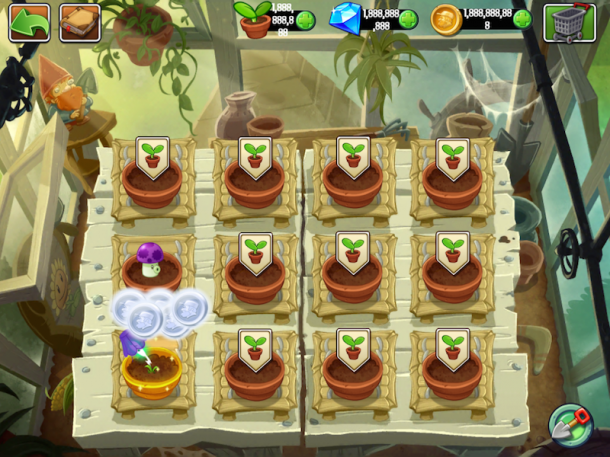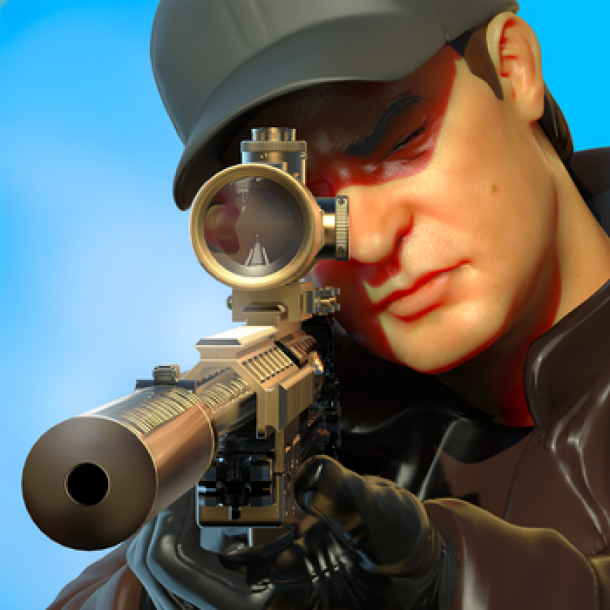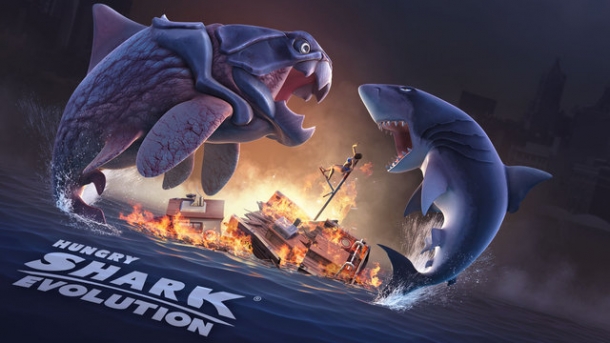The Game Boy was not the only major competitor in handheld gaming for long. 1989 and 1990 saw the release of Atari's Lynx and Sega's Game Gear. At a glance, these two systems were far more impressive than the Game Boy was. Both featured full color palettes, the Lynx featured impressive networking capabilities, and the Game Gear featured many ports from Sega's Master System due to their similar specifications. The Game Boy's main hardware advantage here was battery life. Whereas the Game Boy's four batteries would give it possibly over 30 hours of playtime, the competitors' six batteries would barely give 5 hours of playtime. It also helped that the Game Boy always cost significantly less than the competition, a full $100 less than the Lynx.
The Game Boy also benefited from a fairly steady flow of software from Nintendo. 1990 saw the release of Dr. Mario, another puzzle game that flourished on the handheld. 1991 saw the release of Kid Icarus and Yoshi, a third popular puzzle game. 1992 was arguably the Game Boy's best year yet, with games like Metroid II: Return of Samus, Super Mario Land 2, and Kirby's Dream Land, which would be a new hit franchise on the Game Boy. 1993 would see the first true handheld Zelda game, Link's Awakening, and 1994 would bring Super Mario Land 3: Wario Land, and Donkey Kong, a reimagining of the arcade classic, and 1995 saw the first of three Donkey Kong Land games as well as Kirby's Dream Land 2.
The Game Boy also benefitted from third party support, something Nintendo conspired to keep off of the Game Gear. Square's Final Fantasy Legend trilogy, which would evolve into SaGa on the Super Famicom, provided a trio of RPG hits in 1989, 1990, and 1991. Capcom released five Mega Man games from 1991 onwards, combining content from the NES games with original concepts and enemies.
With the winning combination of its low price, Nintendo games, and third party support, the Game Boy was able to dominate the handheld market, leading to the Lynx being discontinued in 1995 and the Game Gear's discontinuation in 1997.
However, Game Boy was clearly on the decline by 1995. In Japan, system sales peaked quickly, with about 2.7 million sold in 1990, 2.2 million in 1992, and only about 1.1 million by 1995. Software sales took longer to peak, reaching 5.6 million games sold in 1992, but even this number fell to 2.6 million by 1995. This had been a difficult period for Nintendo's productivity. This was partially due to the long development of the Nintendo 64, which was released in mid-1996 rather than late 1995. The ill-fated Virtual Boy, which required heavy involvement from the renowned Gunpei Yokoi, and had a surprisingly high number of games released for it by Nintendo, eleven total. Games like Mario Clash, Virtual Boy Wario Land, Mario Tennis, and Galactic Pinball drew developer resources away from the Game Boy, leaving it relatively abandoned for a while.
Nintendo recognized this decline, and began work on "Project Atlantis," which seems to have evolved into the Game Boy Advance. However, events in 1996 would keep the Game Boy thriving for a few more years than even Nintendo expected.


